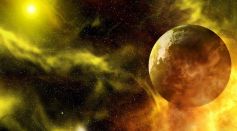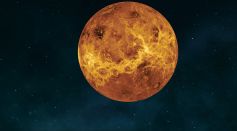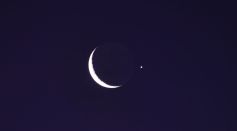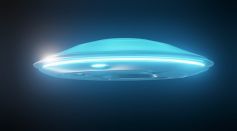SPACE
NASA’s Curiosity Mars Rover Successfully Reaches Mt. Sharp’s Bermuda Triangle After Multiple Attempts in 3 Years

Exploring the Origins of Exocontinents: How Plate Tectonics Shapes Habitable Worlds

Shedding Light on Venus' Enigma: Could Lightning in Acid-Rich Clouds Be Falling Meteors?

Home on the Moon? Here's Why India, Russia, Other Countries Are Aiming For Lunar South Pole

Equinox Magic: A Guide to Astronomical Transitions and Celestial Delights This Week
NASA Plans To Use Apptronik’s Apollo Humanoid Robot for Space Missions, Exploring Moon, Mars

SpaceX Passes Vital Tests for NASA's Artemis III Moon Lander Engine; What Comes Next?

NASA Launches Official UFO Investigation Program Amidst Secrecy: A New Frontier in the Search for Unidentified Flying Objects

NASA's OSIRIS-REx Capsule Set for Epic Asteroid Sample Delivery: Landing in Great Salt Lake Desert Poses Challenges and High Hopes

Stay Tuned: Northern Lights May Be Visible From the US on Tuesday Due to Solar Storm

NASA Parker Solar Probe Becomes the First To Fly Through Coronal Mass Ejection From Sun, Allowing the Closest CME Observations Ever Seen

Head of Newly Created UFO Research Division Named; Inaugural Boss of NASA’s New UAP Taskforce a Former Pentagon Liaison

How to Spot Uranus and Neptune Amongst the Brightest Celestial Stars Tonight
Chandrayaan-1 Data Suggests Earth’s Electrons May Be Contributing to Water Formation on Moon
Most Popular

Largest Known Volcanic Aquifer Discovered Beneath Oregon's Cascades

New 'Supergiant' Sea Bug Found in South China Sea, Named After Darth Vader

Mediterranean Sea Was Refilled by a Catastrophic Flood Millions of Years Ago

Mysterious Cosmic Waves That Sound Like Birds Detected in Unexpected Space Region





